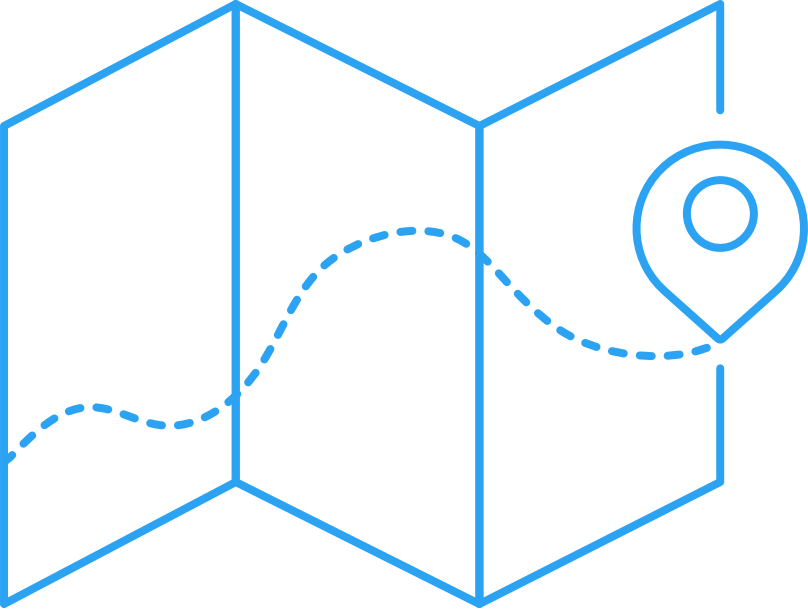Self-Service deflection is the rate at which self-help and automated resources satisfy customers’ service demands that would otherwise be handled by assisted service staff.
Using an accurate measure of deflection is imperative. If deflection is not measured correctly, it is easy to overstate the impact of self-help and service automation on assisted support demand. ServiceXRG has developed a proven reliable formula for measuring Self-Service deflection rates in your operations.
Deflection Defined
Deflection is the rate at which automated, and self-help resources satisfy service demand that would otherwise be handled by assisted service staff.
The attainable rate of deflection is highly dependent upon factors such as:
- the maturity and complexity of a product
- the skills of the end users
- the quality of tools and content provided by the service provider.
It is easy to overstate the impact of self-help and automation by equating their overall effectiveness with reduced need for assisted support. Yes, many issues may be resolved through self-help and automated means. Yet not all issues are destined for or entitled to resolution through assisted support channels.
For a case to be considered as successfully “deflected,” it must meet the following criteria:
- The customer submitting the case must be entitled to assisted support.
- An issue must be successfully resolved.
- The customer submitting the case requires no further action from assisted support resources to validate or clarify the answer provided through self-help or automated means.
Six Steps to Measure Deflection
ServiceXRG has developed the following approach to measuring deflection rates. Each of the inputs for the deflection calculation are described below. Here are the steps:
Step 1: |
Establish the number of Self-Service events |
Determine the number of self-help and automated service events during a specified period of time. You can include all:
- Self-help transactions on the support web portal.
- Automated self-help responses through chatbot or other automated means.
- Any other activity that provides customers with an answer to a support case and did not require any support staff involvement.
Step 2: |
Establish the Self-Service success rate |
Determine how many self-help and automated service events successfully provide customers with an answer to their question and did not require involvement by support staff.
To capture the success rate, you will need to ask customers if they were successful through a web-based questionnaire (e.g. “did this answer your question”) or follow-up transaction survey.
Note: Self-help success is an important indicator to suggest how useful self-help tools and content are, but self-help success is not the same as deflection (read-on for the reasons why).
Step 3: |
Establish customer entitlement |
Determine the number of Self-Service events that were performed by customers that are entitled to assisted support.
Do not count Self-Service events that were conducted by customers that do not have access to assisted support. You cannot deflect a case from assisted support if a customer is not entitled to access assisted support resources.
Step 4: |
Establish intent (optional) |
Determine how many Self-Service events are conducted by entitled customers that intend to request support assistance if they are not successful with self-help.
The purpose of this is to eliminate the casual browsers from your deflection calculations. Some customers just browse a support knowledgebase but never really intend to open a case).
Step 5: |
Determine that there is no further action after a successful self-help event |
Establish the rate of self-help events that do not require any further action after an entitled customer successfully finds an answer.
Deflection Rate = |
Self-Help Service Events by Entitled Customers x Success Rate x Intent Rate x No Further Action Rate |
Do you have a deflection gap?
Read Self-Service Initiatives (Still) Fall Short




